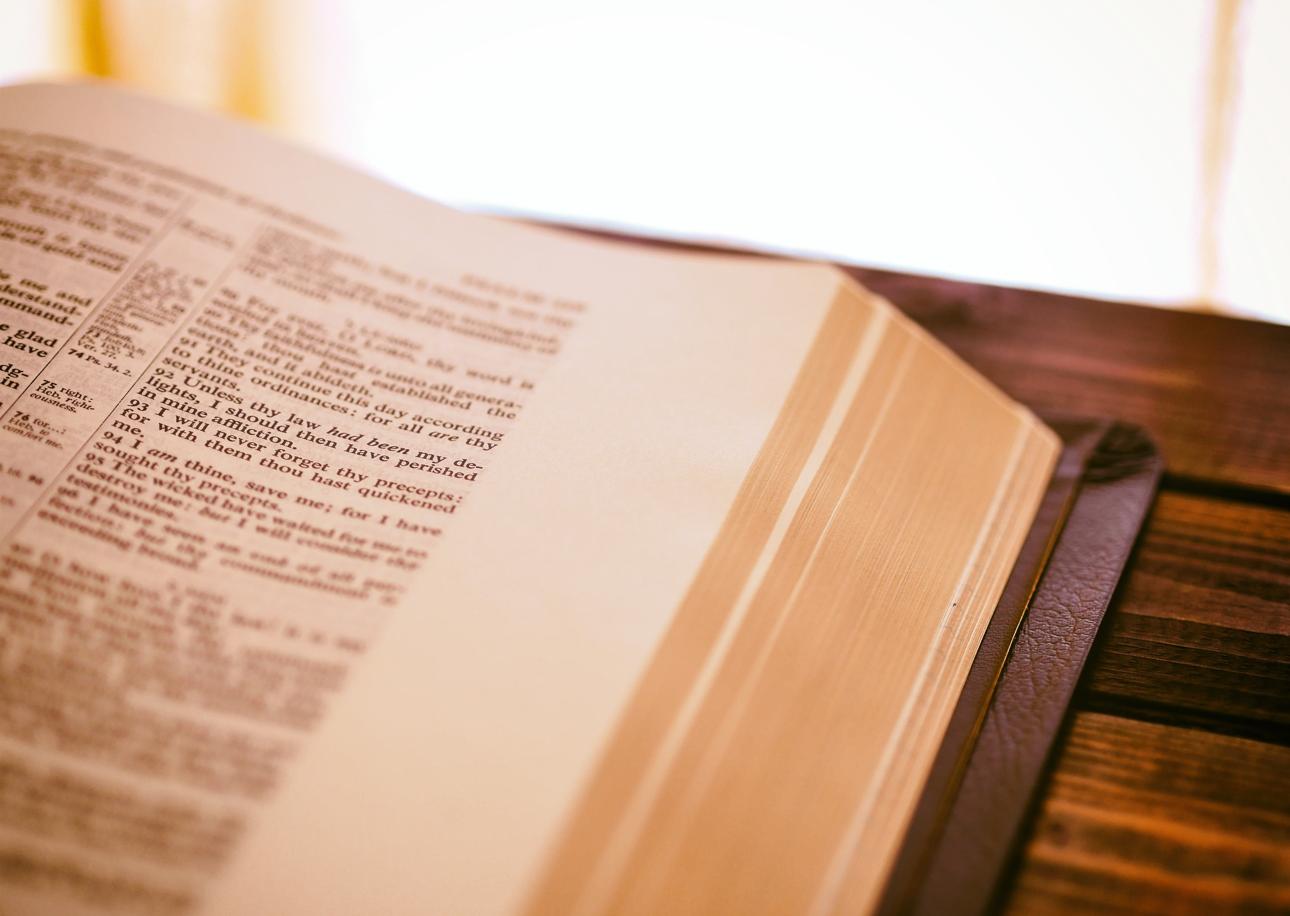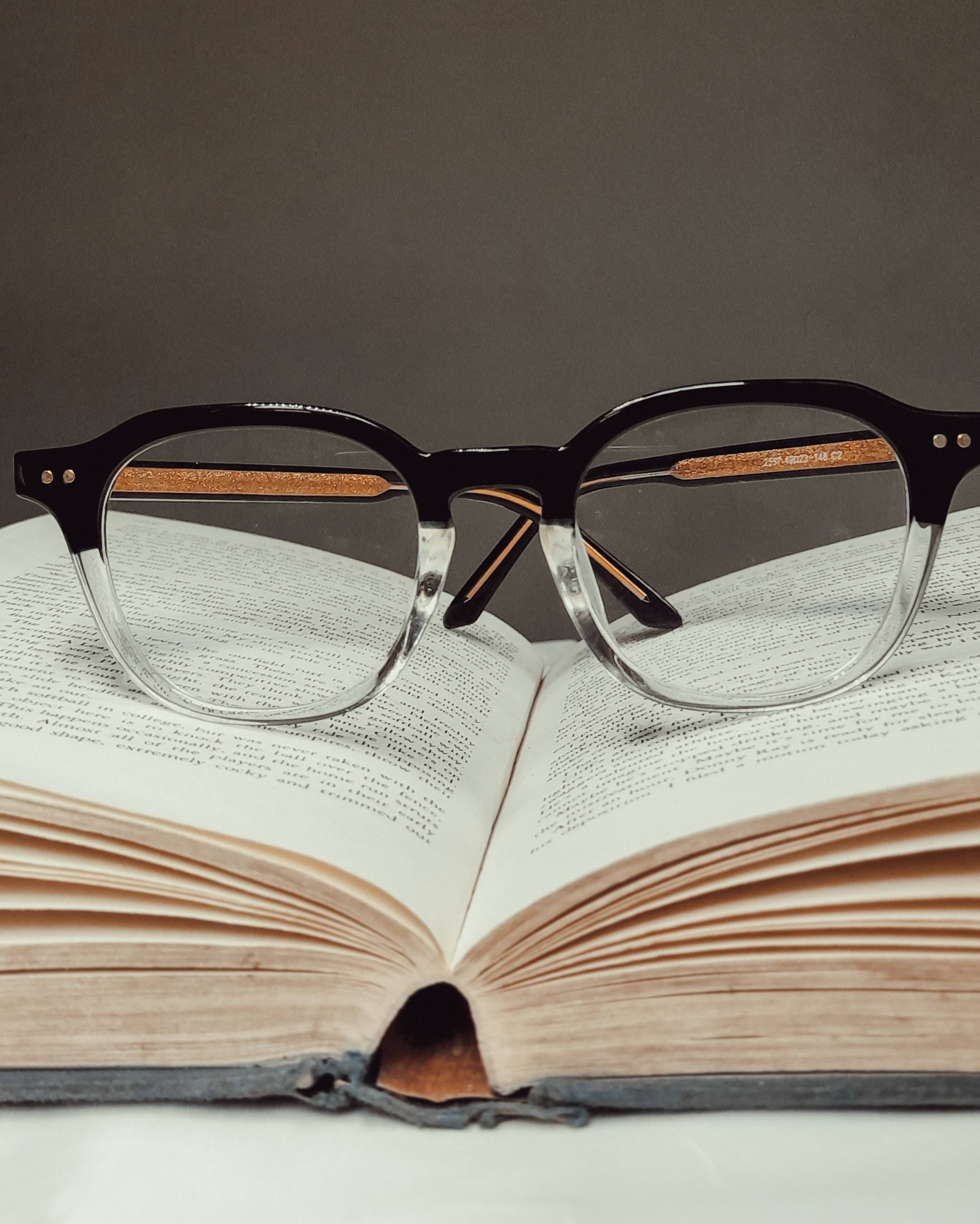Netflix Thailand Subscription Price Has Just Gone Down
Netflix Thailand has officially announced a new price for base subscriptions We’ve ...

The Cambridge Dictionary has updated its definition of “man” and “woman” to include people who identify as a gender other than their biological sex. Officially updated back in October, the move went unnoticed until the new definition of ‘woman’ recently faced heavy backlash from conservative commentators on social media. Although the primary definition for “woman” remains “an adult female human being”, to be inclusive of trans people, the dictionary added new definitions. Cambridge’s added definition of “woman” is “an adult who lives and identifies as female though they may have been said to have a different sex at birth,” while the new, additional definition of “man” is “an adult who lives and identifies as a male though they may have been said to have a different sex at birth.”

Along with the new definitions, the dictionary also provided refreshed usage examples as well:
Man:
– Mark is a trans man.
– Their doctor encouraged them to live as a man for a while before undergoing surgical transition.
Woman:
– She was the first trans woman elected to a national office.
– Mary is a woman who was assigned male at birth.
According to Cambridge Dictionary, the editors carefully studied usage patterns of the word woman and concluded that this definition is one that learners of English should be aware of to support their understanding of how the language is used. Other well-regarded dictionaries, such as Merriam-Webster and Oxford, have not made updates to their definitions of the binary human sexes at time of writing.
Netflix Thailand has officially announced a new price for base subscriptions We’ve ...
Must-have gadgets for kids in the Y2K are, predictably, making a comeback ...
While traditional TV shows are serving us endless boy-meets-girl tales. Thailand has ...
Pets, as cherished members of our families, deserve rights and protections that ...
With fashion trends that exit as quickly as they arrived and a ...
Unleashing the Power of Art as a Catalyst for Advocacy Artists have ...
Wee use cookies to deliver your best experience on our website. By using our website, you consent to our cookies in accordance with our cookies policy and privacy policy